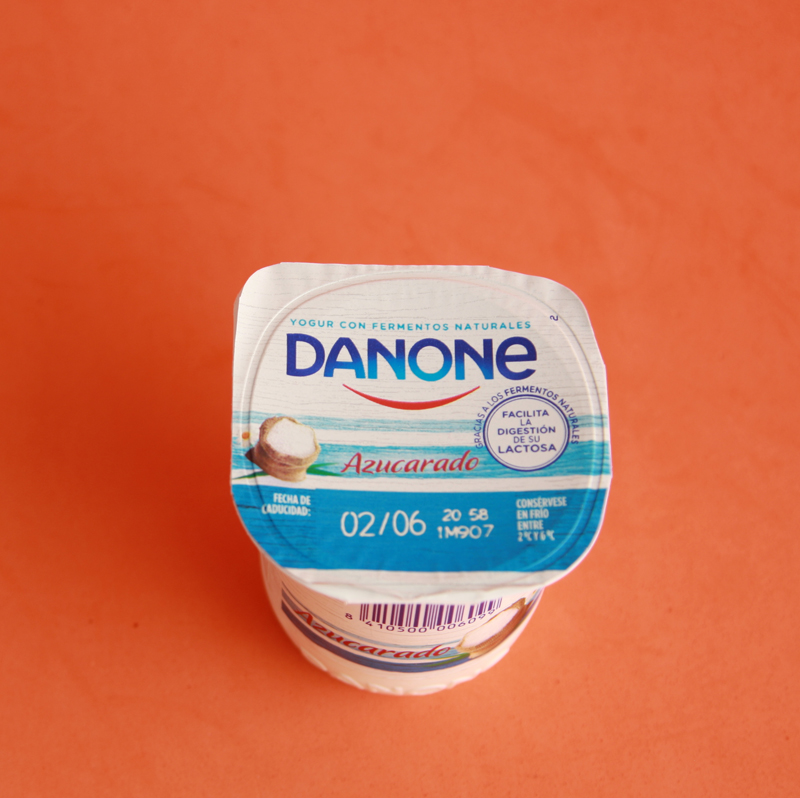Sometimes, two is better than one. But not when it comes to agency partnerships for video ad buying.
The French food and snack maker Danone (or Dannon, as the Americans call the US subsidiary) consolidated its video ad buying within the GroupM-owned agency Wavemaker. Through Wavemaker, Danone also turned direct deals into programmatic campaigns using Google’s DSP, DV360.
The company needed to more effectively portion its campaigns. By reducing the overfrequency of its audience targets, it can serve the same number of ads and gain incremental reach.
Working with two different agencies that use their own buying and tracking methods, as well as both programmatic and direct deals, led to overlapping buys and ad wastage, Mike Sallette, Danone’s VP of media, sponsorships and licensing, told AdExchanger.
The problem came to a head “in the thick of COVID,” Sallette said. During the 2021 TV upfronts, the proliferation of streaming providers resulted in “massive demand” for digital video ads, which simultaneously caused prices to skyrocket.
Streaming isn’t just a fragmented marketplace; it’s also an expensive one, he said. “We had to make a major change on how we were using our video ad budgets to make sure we could reach more consumers.”
In Q3 of 2021, Danone pulled the plug on its second agency partner and concentrated most of its programmatic video investments through Wavemaker and Google DV360, “ultimately to help from a frequency management standpoint,” Sallette added.
Eating up streaming
Danone’s video ad consolidation coincides with the company’s shift away from linear TV in favor of streaming.
Before the 2021 upfronts, three-quarters of Danone’s video budget went to traditional TV, Sallette said. Now, that number’s down to about 45%.
And because Danone is putting more eggs in the CTV basket, it wants its single agency partner to be one with strong CTV chops. “The other agency team we were working with was more specific to just digital and social video,” Sallette said.
Wavemaker took the video investments that Danone historically bought via direct deals with traditional, demo-based targeting, and brought those budgets under DV360, which also allowed Wavemaker to apply more custom audience targeting. “All of that translated into limiting excessive frequency across channels,” said Jillian Schroeder, Wavemaker’s portfolio investment lead.
Danone isn’t exclusively focused on streaming, either. It’s prioritizing frequency capping to reach new viewers across the video outlets it can access programmatically, including social, search and display, on top of linear and CTV.
Programmatic probiotics
When the brand doesn’t bombard its customers with ads, the company sees better business outcomes, said Kevin Manke, senior manager of media and data strategy at Danone. So it’s not just about the viewing experience.
Danone calculated its return on video ad spend after cutting out excessive impressions and pins its investment savings at 20%, which Manke attributes to consolidating video buys within DV360.
“Rather than overexposing users across campaigns,” Manke said, “we’re able to [identify repeat] impressions and push those impressions out to other users who haven’t seen the ad, ultimately increasing our audience reach.”
For example, Manke said Activia, a probiotic yogurt brand within the Danone portfolio, saw a 36% increase in campaign effectiveness year-over-year after the company changed its buying strategy within DV360. That number was 7% for the dairy-free yogurt brand, Silk, and 50% for Oikos, yet another Danone yogurt brand.
Why DV360?
Wavemaker encouraged Danone to pin its focus on DV360 for video buying because the Google DSP offers frequency capping tools that advertisers can use to control frequency on Google-owned channels – especially YouTube, which can only be accessed through DV360, Manke said.
Overfrequency is one of the top pet peeves for streaming viewers, and Google itself admitted during YouTube’s first BrandCast last year that it’s had a pretty serious frequency capping problem. Even though Google touts the fact that YouTube TV makes up over half of all connected TV viewing, some viewers were exposed to the same YouTube ad as many as 26 times throughout the course of a Google study, according to Allan Thygesen, Google’s president of advertising in the Americas.
And Google is working to fix YouTube’s frequency problems, Thygesen said at the time. In February 2022, Google introduced a frequency management solution for DV360 that lets advertisers manage the number of times consumers see their ads across YouTube and third-party networks. In November, Google added new frequency tools, including an input for weekly impression goals across channels.
From a frequency standpoint, Danone also avoids overlapping buys by concentrating spend through one DSP and one agency.
Still, an advertiser needs a good idea of where its ads are running in order to cap them properly, which Google doesn’t always make so easy.
Google’s newest ad buying platform, Performance Max, is the latest black box in town, leaving advertisers stuck with media reporting at the aggregate level rather than by channel breakdown.
When asked about transparency in DV360, though, Wavemaker’s Schroeder said that DV360 offers a “good amount of control” for agencies to allocate dollars into specific channels. “That’s why we’re able to layer on additional audience and contextual targeting within [Danone’s] media buys through DV360, which we weren’t doing before,” she said.
Between Google’s heightened focus on frequency capping and Danone’s recent media consolidation, the brand says its frequency strategy is starting to bear fruit.
Companies get added value by keeping their inventory investments “under one roof,” Sallette said, particularly because those investments reach more unique viewers.















